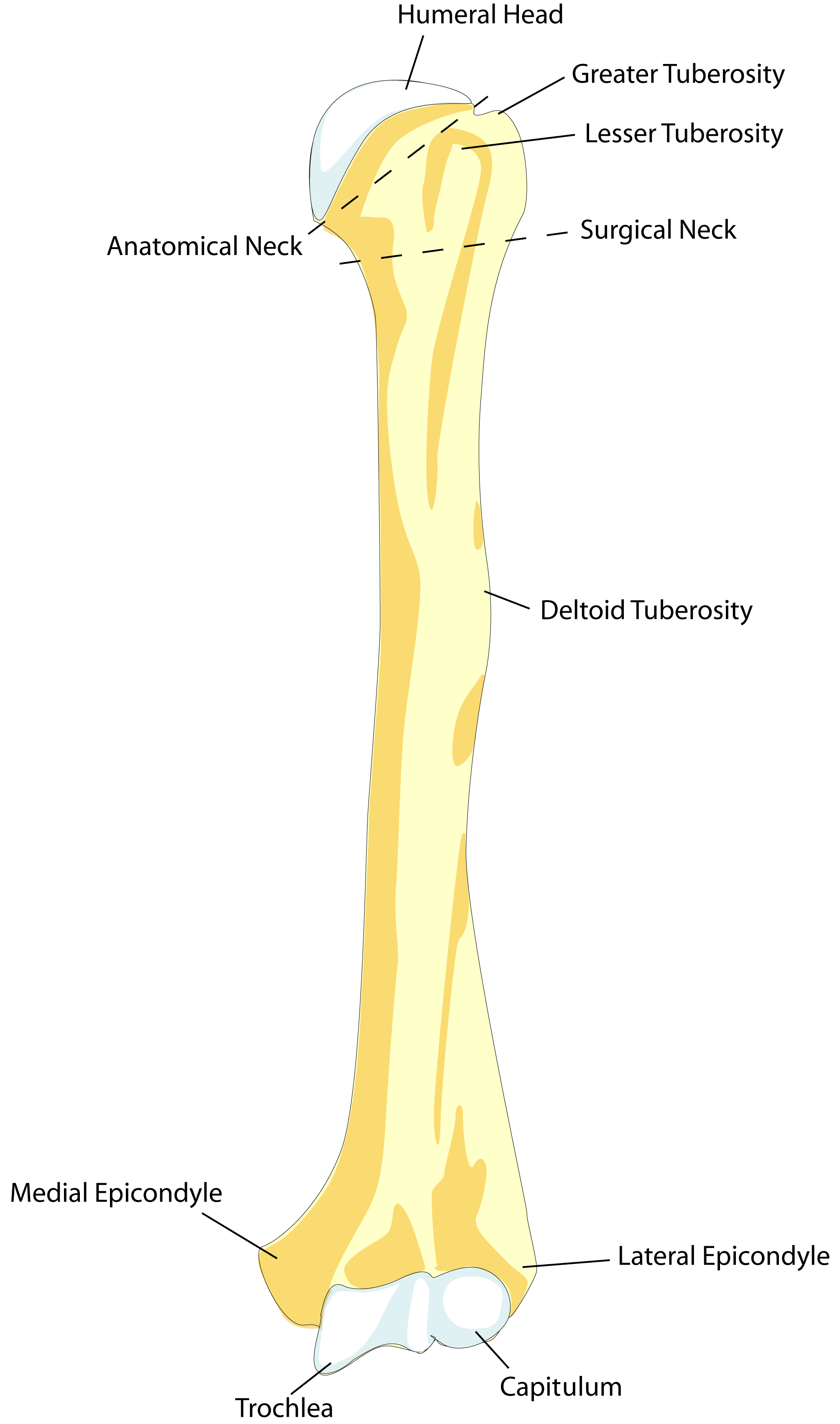Happy 2017! Hopefully everyone had a restful and happy holiday season. As the new year is upon us, it is commonly a time for resolutions. Some are personal; some, professional. For me personally, here's to cutting out soda! As research has shown, there is
a link between sugary drinks and metabolic disease. Hopefully I can make some personal progress in that direction.
What about you? While your personal goals are unique, most likely we all share professional goals as a healthcare professional student. Study harder. Do well on tests. Figure out what we are doing with the 'rest of our lives.' Setting these goals is very important. However, that is only part of the story. A goal is nothing but a destination. What we need is a roadmap to that destination, or a plan. What would that look like? Let's take a look at the three goals mentioned above and see what concrete steps we can take towards them in 2017.
Study Harder
Ah yes, the eternal hope of the conscientious student. Study harder. The goal is omnipresent, but what does it actually mean? You could study more hours. You could isolate yourself as much as possible as you study. Both fit but is that what we want? Not exactly. What most people mean by study harder is actually to study more effectively. This will differ from person to person as everyone learns in a different manner. Some learn better by reading only, others by taking notes, still more by listening / reviewing lecture audio/video. Regardless of how you like to study, there should be two main objectives: studying for mastery, and studying for testing purposes.
Studying for mastery is a component of lifelong learning. This means that after your review, you have a deep, fundamental understanding of the concept. The upfront cost may be more, in terms of time and effort. However, in the long run, this method is more effective because once you master something, you do not have to go back and relearn it. The idea remains embedded in your knowledge base, much like riding a bike. How do you master a topic? The best way I know how is to actually
teach the topic. Seek out or create opportunities. Struggling with anatomy? Volunteer to be an anatomy lab TA - the responsibility will force you to either master the material on your own, or seek out help from others so that you are competent enough to teach.
Do Well On Tests
This is also a very generic goal. Aside from a standardized test like
USMLE Step 1, every medical school test will be unique. Discussing non-standardized tests first, you can of course try the steps mentioned above, mastering the entire topic. However, sometimes learning everything A to Z just isn't feasible. At this point, it is important to find out what are the objectives the course instructor wants to emphasize. Look at the syllabus, review old tests if available, and ask senior peers. If all that fails, you should *gasp* just
ask the instructor what is important. Trust me, they will be happy to see you being pro-active and striving to fully grasp the essence of the material. While you cannot directly ask "What will be on the test?", you can certainly say something like "There is a lot of material to cover. What are the most important points you see students miss in your experience? What is most important practically?" Only a sadist would actively lead you away from material that will come up on the test.
Standardized tests like the USMLE are a different story. For those your best bet is to study common resources like
First Aid and do review questions.
Lots of review questions (such as Kaplan QBank).
Ideally, you want to do these questions in a similar setting to the actual test. For example, if your test is on a Saturday morning at 8am, you went to spend several Saturdays before the test, waking up before 8, figuring out your pre-test routine, and then doing several sections to best simulate what the test will be like. Remember, for people looking at US residencies, your Step 1 score is the biggest objective determinant of how programs will assess you for interviews, for better or worse. Therefore, it behooves you to put as much concerted effort into preparing for this test as possible.
Figure Out My Career
Despite stressing about tests, they will come and go. Ultimately, the tests are simply a means to an end. It is up to you to define what that 'end' is. What type of medical career do you want? Primarily outpatient? Inpatient? Urban vs underserved community? Domestic vs. international? Medical vs. surgical? While some students go into medical school knowing exactly what they want to do, an equal number have no idea. And that's okay! School is a time for exploration. If you have too fixed a mindset, you may miss out on another opportunity that is an even better fit for you. I recommend perusing
Iserson's Getting Into A Residency for not only practical tips about applying but also for a framework about how figure out
which specialty you should be applying for.
Questions about the process? Please comment below or use the contact page above. Have a fantastic 2017!
